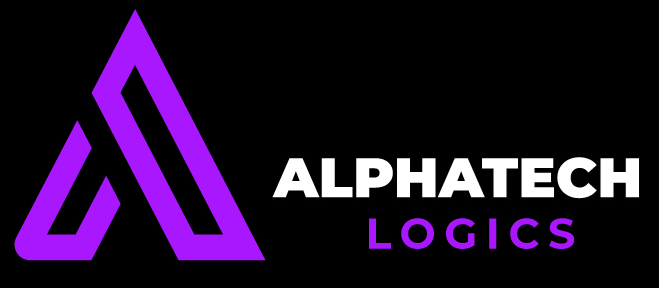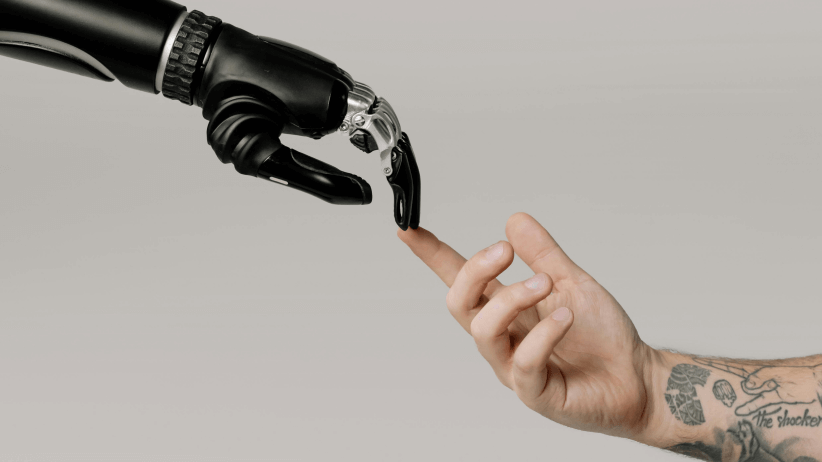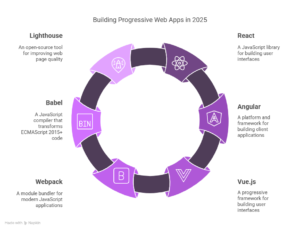Multi-Experience
The user experience is all set to evolve in the new decade. Consequently, there is a change in how people will now interact with the digital world. This change is led by conversational platforms. Moreover, AI technologies (VR, AR, and mixed reality) are the cause of this change in user perception of the digital world around them. Computers will now have the ability to translate intent that previously only humans were able to do.
Democratization of Expertise
Democratization allows people to develop technical expertise which includes: AI/ML, app development expertise, sales process expertise, or business and economic analysis without bearing any expensive training sessions for it. For example, “Citizen access” (citizen data scientists and integrator) falls under the umbrella of democratization.
According to Gartner, there are four key characteristics of democratization that are expected to grow in 2020. These are:
- Data and analytics democratization
- Custom-development democratization
- Custom-development democratization
- Knowledge for non-IT professionals democratization
- Citizen-developer design democratization
Hyper-Automation

A comprehensive set of software, various machine learning technologies, and multiple automation techniques enable hyper-automation technology to perform and deliver results. Hyper-automation is not just a vast variety of technology tools but it includes all the stages involved in the automation process itself like identifying, analyzing, architecture, monitoring, and measuring operating performance.
Hyper-automation focuses on how these various automation processes and systems can coordinate and seamlessly integrate for a smooth workflow. Robotic Process Automation (RPA) is one of the initial technologies of hyper-automation. However, this technology requires a blend of automation processes to perform workflows that involve humans.
Human Augmentation

When technology is used to enhance the cognitive and physical aspects of a human’s environment to uplift peoples’ experience in their surroundings, it is called human augmentation.
In physical augmentation, this technology tends to improve a person’s physical aspect by adding a technology component to their bodies. This allows people to cognitively augment their personalities by accessing data and using apps on traditional computing systems in smart spaces.
According to studies over the next decade, cognitive and physical augmentation will become common among people as it gives people a chance to enhance their personalities. This trend will give birth to a new type of “consumerization” impact on people where they will want to improve and extend their personalities in their office spaces.
The Empowered Edge (Edge AI)

Edge computing allows you to collect, process, disseminate and store information close to the sources and consumers of that information. This technology has enabled the digital world to minimize latency by keeping traffic and processing internal to a system improving the autonomy at the edge of AI
The IoT systems require a disconnected and widely distributed capability in the world of IoT which can be achieved with edge computing. The use of robots, drones, automated vehicles, and processes are examples of complex edge which are trending today and will only continue to grow soon.
Transparency and Traceability

Today, consumers have strong control over their personal information and data. They are fully aware of the value of their information to organizations and therefore are at times skeptical. Meanwhile, companies are facing a huge challenge in protecting and managing consumer data according to the government’s strict regulations. Here traceability and transparency play a key role in data privacy requirements and backs the digital ethics.
All the actions, approaches, and practices that companies take to protect and secure their valuable consumer data by ethically using AI/ML, Data Science, and other advanced technologies come under transparency and traceability. Organizations are therefore using AI for damage control to recover consumers’ trust in them.
Autonomous Devices

All the devices that use AI to automate the process which was previously performed by humans are referred to as autonomous devices. In this technology-driven world, autonomous devices are sophisticatedly designed using AI to perform, execute advanced operations and interact with the surroundings naturally as humans would do.
As technology advances in the new decade, autonomous devices will become more socially acceptable to operate and function in uncontrolled public environments. As for now, robots and drones are already being used to perform tasks in the delivery market.
Distributed Cloud
In a distributed cloud environment, the public cloud services are shared at different locations but its operations, processing, updates, and evolution responsibilities reside with the originating cloud. This advancement from centralized cloud services to a more decentralized cloud computing model is leading to a new and updated cloud computing environment for companies.
Blockchain Practice

Blockchain practice can help redesign the industries operating systems to create trust, allow transparency in operations, and provide value exchange across the business world. With the help of blockchain technology, it becomes easy to trace your asset at their origin which reduces the risk of them being replaced by counterfeit products.
In the coming years, there is a lot of potential for blockchain in the identity management processes. This technology can help trigger actions based on the events for example online payments for products can be done once the products have arrived.
AI/ML Security
As AI/ML continues to evolve, it is automating operating systems and enhancing human decision-making. Technology has transformed the business ecosystem by enabling human augmentation and using autonomous devices to perform critical business functions. But at the same time, it has raised security and data privacy issues for the organizations.
As a security and data privacy leader, it’s important for you to analyze the potential of AI/ML in the field of risks and security threats. The main focus should be on three crucial elements for security purpose:
- Securing AI-driven operating systems
- Using AI to improve security barriers
- Predict notorious use of technology by hackers around the world
The new decade predicts the great potential for CIOs and CTOs to embrace the shift in their business operations by adopting these new strategic technology trends and developing a sustainable competitive edge in the industry. Today, enterprises that are willing to evolve with digital transformation can stay relevant with the times and actively grow their business opportunities for the future.





